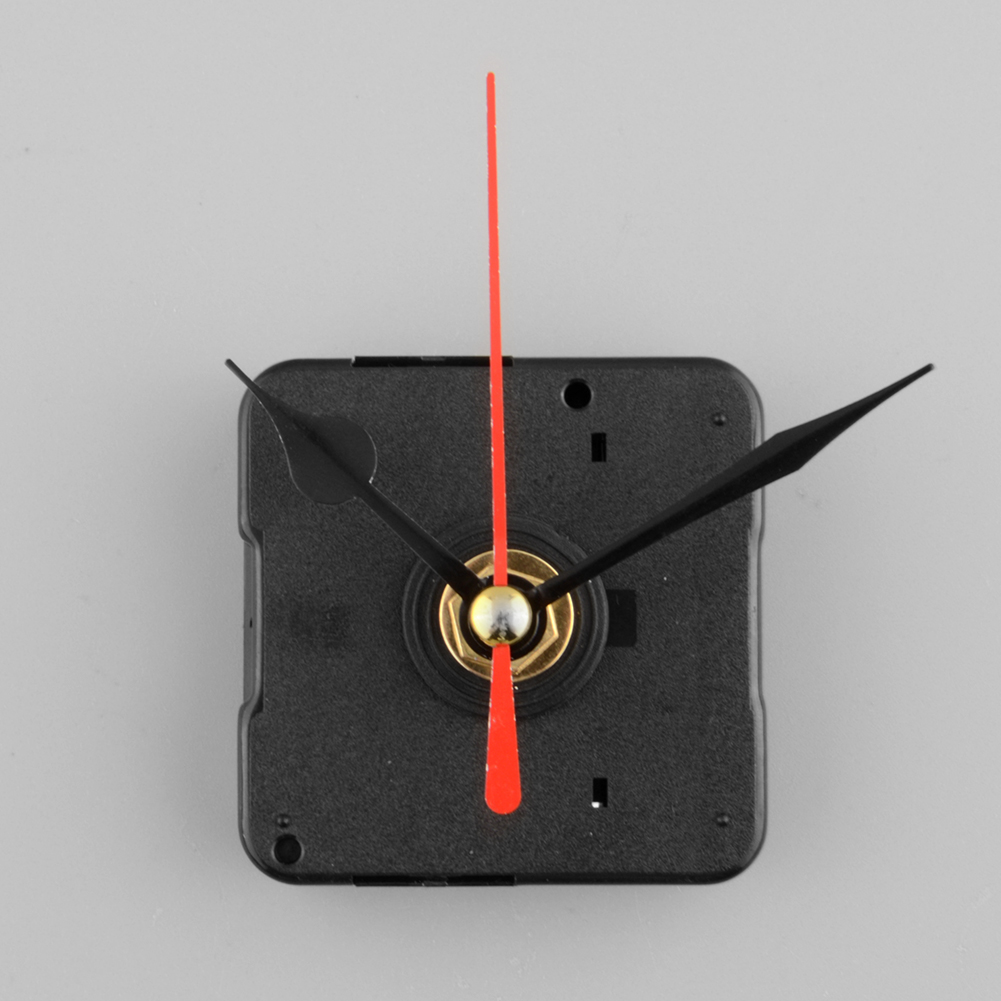


PMR is not recommended for people with uncontrolled cardiovascular problems. Studies have found that PMR can help people with insomnia, and when done carefully, may be beneficial for people who are bothered by arthritis or other forms of physical pain. Continue tensing and relaxing the following body parts, skipping any area where tensing the muscles causes pain:.Tense your shoulders for 10 seconds and then relax and breathe.Starting with your face, tense your muscles (lips, eyes, jaw) for 10 seconds, then release your muscles and breathe deeply in and out for several seconds.With your eyes closed, slowly breathe in and out.Progressive muscle relaxation (PMR) creates a calming effect by gradually tightening and releasing muscles throughout the body in conjunction with controlled breathing. As a result, it usually works best for people who can devote at least five minutes per day to increase their comfort with it. This version is adapted from UC-Berkeley’s Greater Good in Action (GGIA) program that offers audio recordings for this and other mindfulness meditations.Īnyone can meditate, including with mindfulness meditation, but it can take more practice to get used to. After scanning each part of your body, reflect on your body as a whole and allow it to relax.The goal is to stay present and observe your body without judging or reacting and then letting each part of your body relax. Continue the “body scan,” observing, from your legs up to your head, each region of your body and its sensations.

Silent clock mechanism series#
Controlled BreathingĪ series of slow, deep breaths can enable a sense of calm. Once you’re lying comfortably in bed, try one of these techniques to put yourself at ease and settle gently into sleep. Keeping these basics in mind empowers you to adjust these methods to suit your preferences.įalling Asleep With Relaxation Techniques Finding the best mattress for your sleep position and body type can be instrumental in a good night’s rest.Īll of the following methods are ways of achieving these core elements so that you can calmly fall asleep. Naturally, when relaxing to fall asleep, the recommended position is lying in bed. Finding a cozy place to relax is critical. Accepting that it’s normal for your mind to wander allows you to remain at-ease and draw your focus back to the object of your attention. A word, phrase, mantra, breathing pattern, or mental image can all be used to draw your attention and reduce thinking about external concerns. Loud, abrasive sounds or noises should be avoided. Calming sounds or music can be beneficial. Quiet does not have to mean completely silent. Only in recent decades, though, have meditative practices for relaxation become a focus of scientific research, which has come to identify key elements for fostering the relaxation response. The Five Key Elements to Cultivating Relaxationįor thousands of years, relaxation has been a central focus of spiritual and cultural practices, enabling a sense of calm and connection with oneself and the surrounding world. Call the Help Me Sleep Hotline at 1-833-I-CANT-SLEEP for a set of tips, meditations, and bedtime stories to help you get a good night’s rest.


 0 kommentar(er)
0 kommentar(er)
